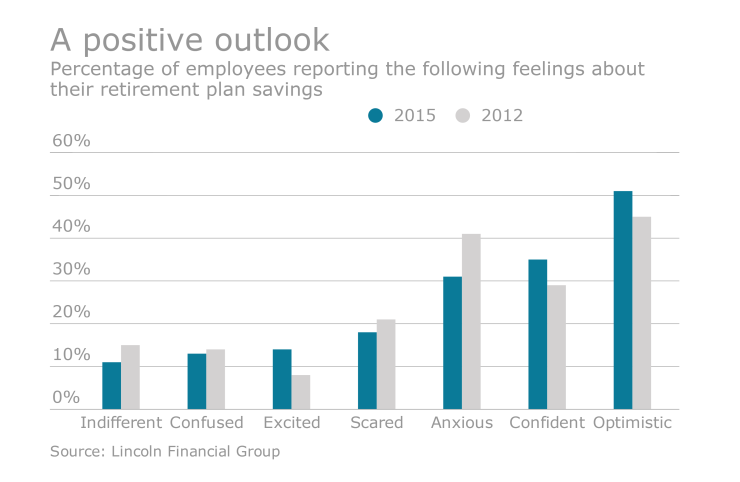Favorable stock market conditions encouraged 50% of employees who have access to an employee stock purchase program at work to sell all of their shares over a three-year period ending in 2016, according to research by Fidelity Investments.
The number of employees who held all of their shares dropped to 43%.
Fidelity found that employees are more likely to sell their shares if they are able to purchase stock at a higher discount rate. Plans with a 15% discount have twice the participation rate of plans with a lower discount.
“Company stock plans are increasingly viewed as a top employee benefit and can play an important role in an employee’s overall financial health,” says Mark Haggerty, head of stock plan services at Fidelity Investments. “Employees often use these plans as a savings vehicle alongside their 401(k), but money from an ESPP can be used to address short-term expenses and financial needs and help workers avoid the need to tap their 401(k).”

Fidelity analyzed 365,000 workers over a three-year period to see how they managed their stock purchased through an ESPP. It found that those under the age of 40 or who receive a significant discount on their stock purchases are more likely to sell off their shares.
Older employees were more likely to hold onto their shares, but Fidelity noticed an upward trend of those between the ages of 50 and 60 who sold all their stock during that three-year time frame. Forty-four percent sold all of their company stock compared with 41 percent in 2014. Thirty-eight percent of workers over the age of 60 also sold all of their stock, up from 34% in 2014.
Fidelity found that the more employees contribute to their ESPP, the more likely they are to sell the shares they acquire. Fifty-seven percent of individuals who put in $10,000 or more to their stock purchase plan sold all of their shares, an increase from 52% in 2014.
What are employees using that money for? Fidelity conducted a survey to find out. Instead of spending the proceeds on expensive, but non-essential items, 34% of them were using it to pay down debt; 17% were using it to make home improvements or purchase real estate; and 11% used it to establish an emergency fund. Nearly 20% of those surveyed reinvested their proceeds from the ESPP into a mutual fund or their retirement savings account.
“Company stock can be a great tool to help employees address a variety of financial needs,” Haggerty says. “When you consider the role company stock can play in a financial wellness program and combine that with the positive market performance over the last few years, it’s not surprising to see an increasing percentage of workers realizing the benefit of company stock as part of their overall financial plans.”





